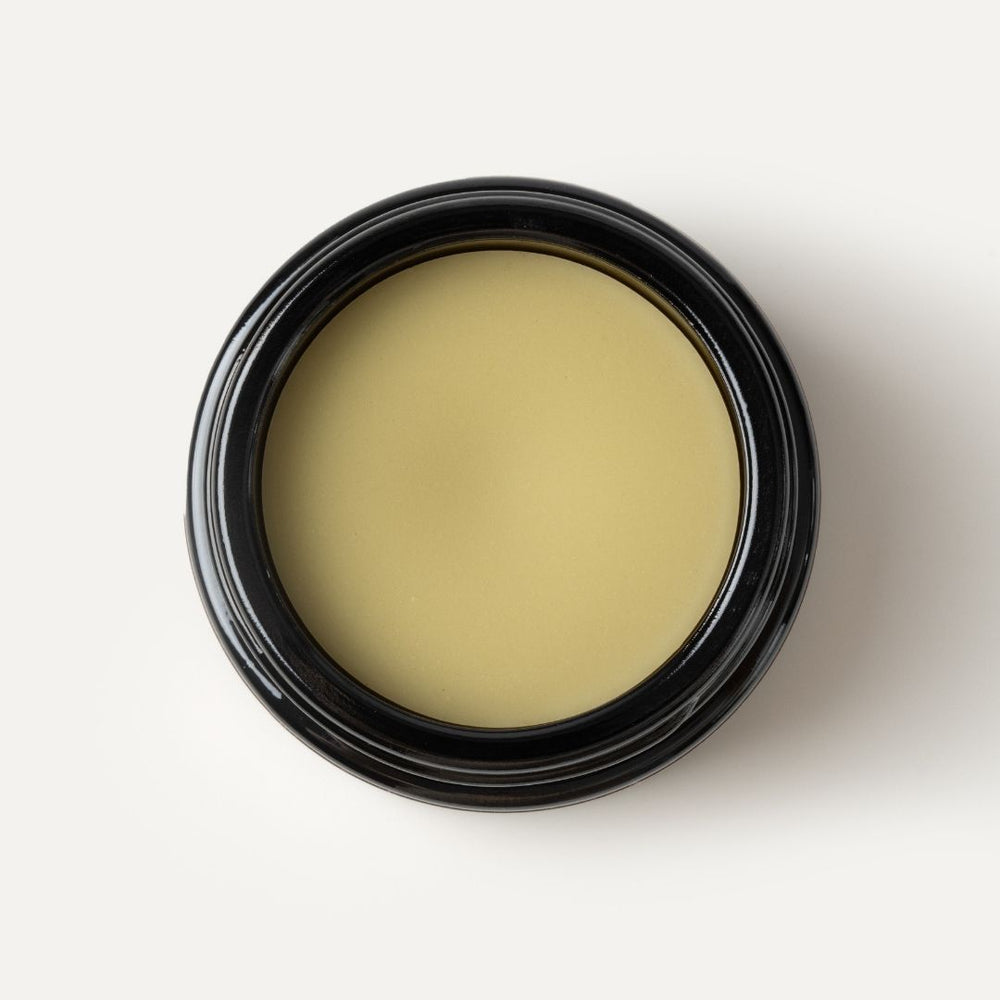4 Simple Meditation Techniques You Can Try Today

Simple ways to clear your mind, reduce stress, and restore balance with mindfulness and Ayurveda.
Reconnect with Stillness: Why Meditation Matters
In a world that moves quickly, our minds are constantly processing—worries, responsibilities, and endless to-do lists. But just as the body needs rest, the mind needs renewal.
Meditation, an ancient and scientifically backed practice, offers a powerful daily reset for mental clarity and emotional resilience. It calms the nervous system, balances emotions, and supports overall well-being.
The best part? It’s free, requires no equipment, and can be done anywhere.
The Science Behind Mental Detox
When practiced regularly, meditation helps reduce the harmful effects of stress. It may also ease symptoms of:
-
Anxiety and depression
-
Insomnia
-
Chronic pain
-
Cardiovascular and digestive issues
At its core, meditation anchors your awareness in the present moment. Even just five minutes a day can make a difference—especially when done consistently.
4 Simple Meditation Techniques to Try Today
1. Breathe Deeply
Start by slowing your breath. Inhale through your nose, exhale through your mouth—about six seconds per breath. Focus on the rhythm. Let each exhale release tension.
Ayurvedic Tip: Deep, steady breathing helps ground the light, airy nature of Vata dosha.
2. Observe Nature
Take a mindful pause outdoors. Observe a tree, flower, or bird. Notice the texture, movement, and colours. It’s a simple yet powerful way to bring awareness to the present moment.
Ayurvedic Tip: Pitta dosha benefits from calming, cooling observation of nature.
3. Practice Active Listening
Tune in to the sounds around you without interpreting them. Listen to the hum of life—the rustle of leaves, birdsong, or distant voices—without attaching meaning. Simply notice.
Ayurvedic Tip: This technique is especially helpful for Kapha types to increase alertness and clarity.
4. Visualize with the Wisdom of Ayurveda
Use visualization to bring balance to your inner landscape based on your dosha:
-
Vata (Air + Ether): Imagine sunbathing on a warm beach, wrapped in comfort and stillness.
-
Pitta (Fire + Water): Picture walking barefoot through a moonlit forest, beside a cooling waterfall.
-
Kapha (Earth + Water): Visualize a vibrant Amazonian jungle, full of colour and movement.
Each visualization supports emotional balance and reconnects you to your body’s needs.
Make Meditation a Ritual
Meditation is not about stopping your thoughts—it’s about making space for clarity and calm. When practiced with intention, it becomes a nourishing ritual that aligns beautifully with the Ayurvedic way of life.
At WILD GRACE, we believe in the power of ritual. Whether through conscious skincare or mindful pauses, caring for yourself is a sacred act of coming home to your radiance.
Begin Your Practice
Start with 3–5 minutes a day. Choose one practice and stay with it. Let it become your moment of reconnection.
For more Ayurvedic wisdom and botanical rituals, explore the WILD GRACE blog or discover our skincare designed to support your inner and outer glow.







Leave a comment